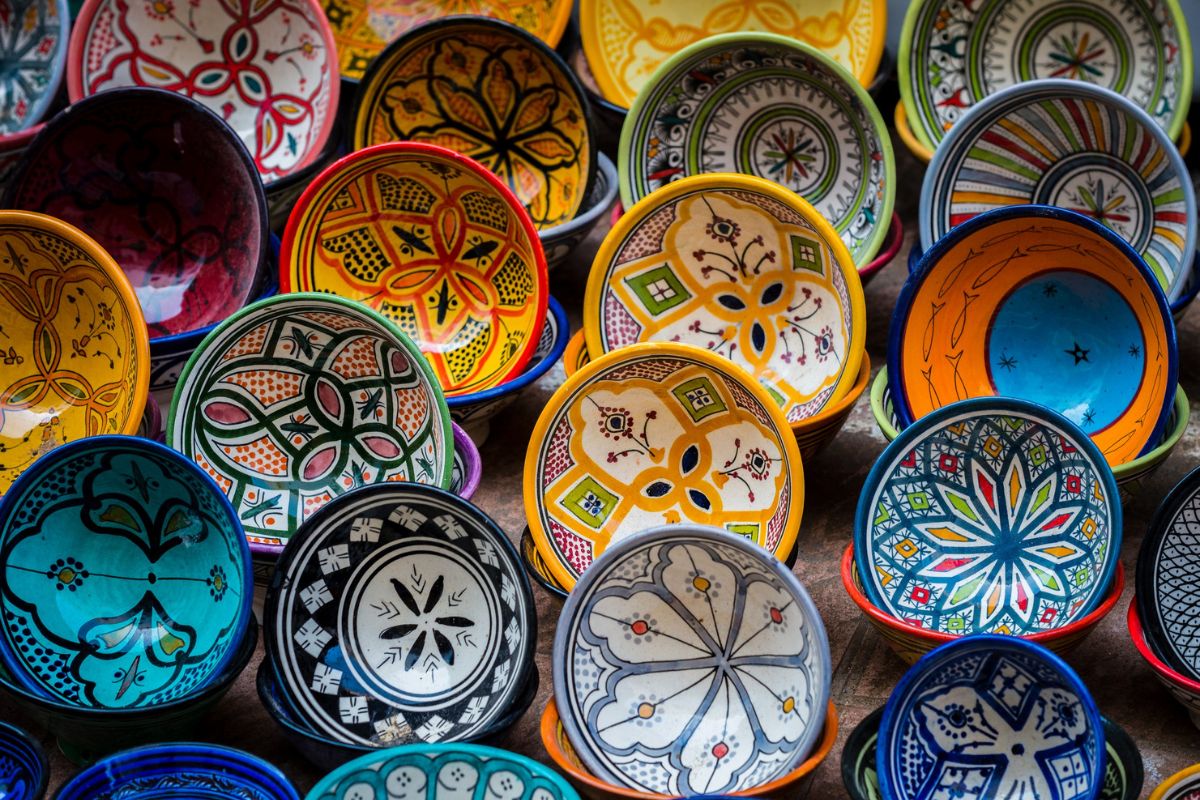
Moroccan pottery is an art form deeply ingrained in the country’s history and culture. From the bustling markets of Marrakech to the tranquil coastal town of Safi, Morocco is renowned for its exquisite ceramics. The journey of Moroccan pottery begins with the rich clay deposits found in various regions and evolves into intricate craftsmanship that produces stunning ceramics known worldwide.
The Birth of Moroccan Pottery: Clay as the Foundation
The foundation of Moroccan pottery lies in the clay-rich regions of the country. Morocco’s diverse geography offers a range of clay types, each lending unique characteristics to the pottery created. The Atlas Mountains are home to red clay, while the plains near Safi yield white clay. The blending of these clays with water creates the perfect material for crafting ceramics.
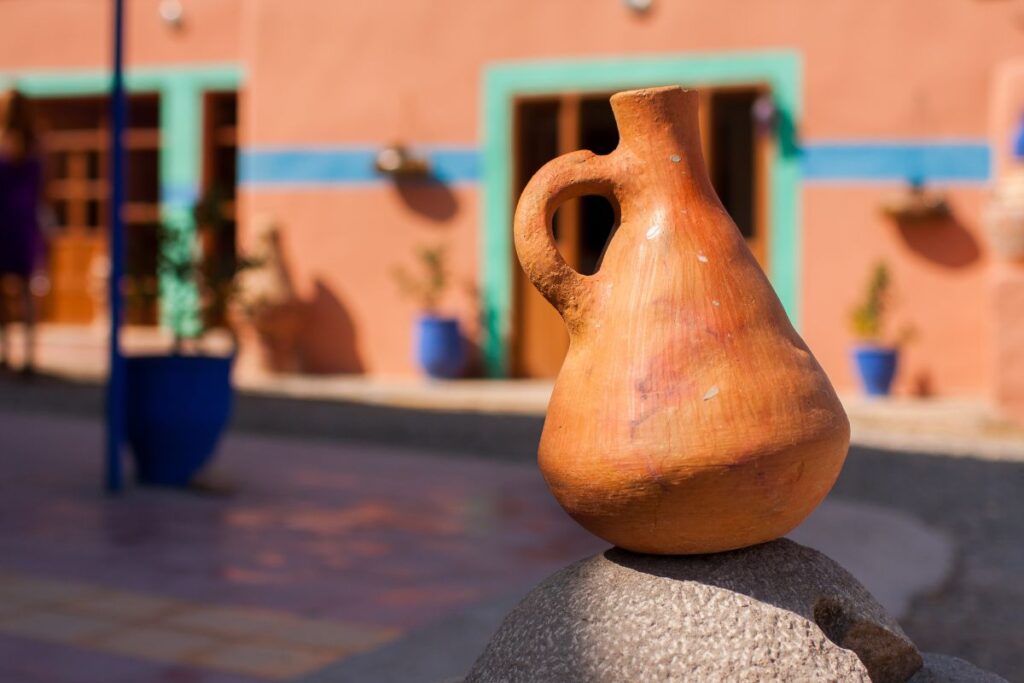
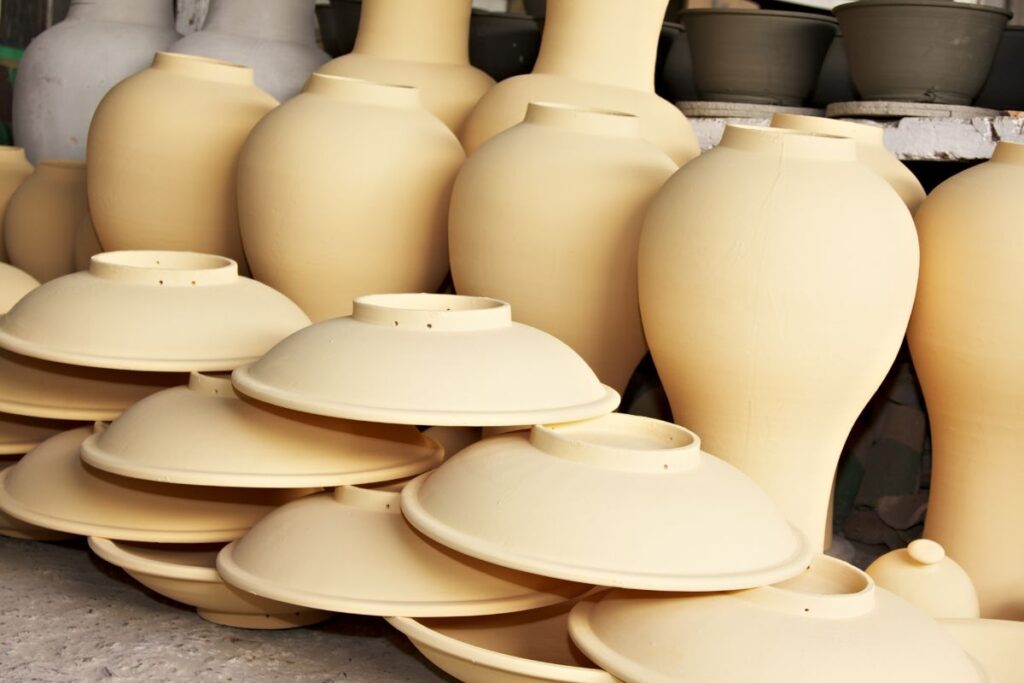
Traditional Techniques: A Blend of Skill and Artistry
Moroccan pottery is a fusion of traditional techniques and artistic creativity. Artisans, often referred to as “maalems,” play a pivotal role in shaping these beautiful pieces. These skilled craftsmen inherit their knowledge and techniques through generations, ensuring the preservation of Morocco’s pottery heritage.
Designs That Tell Stories: Moroccan Pottery Patterns
One cannot discuss Moroccan pottery without mentioning the intricate patterns that adorn these pieces. Geometric shapes, floral motifs, and Arabic calligraphy are some of the most common designs. Each pattern has its significance and often reflects the region’s history and culture.
Tagine Pottery: Iconic Moroccan Cuisine
One of the most iconic pieces of Moroccan pottery is the tagine. This conical cooking vessel is used to prepare traditional Moroccan dishes. The shape of the tagine allows for slow cooking, infusing the food with rich flavors. When served, the tagine also acts as a striking centerpiece, adding to the dining experience.
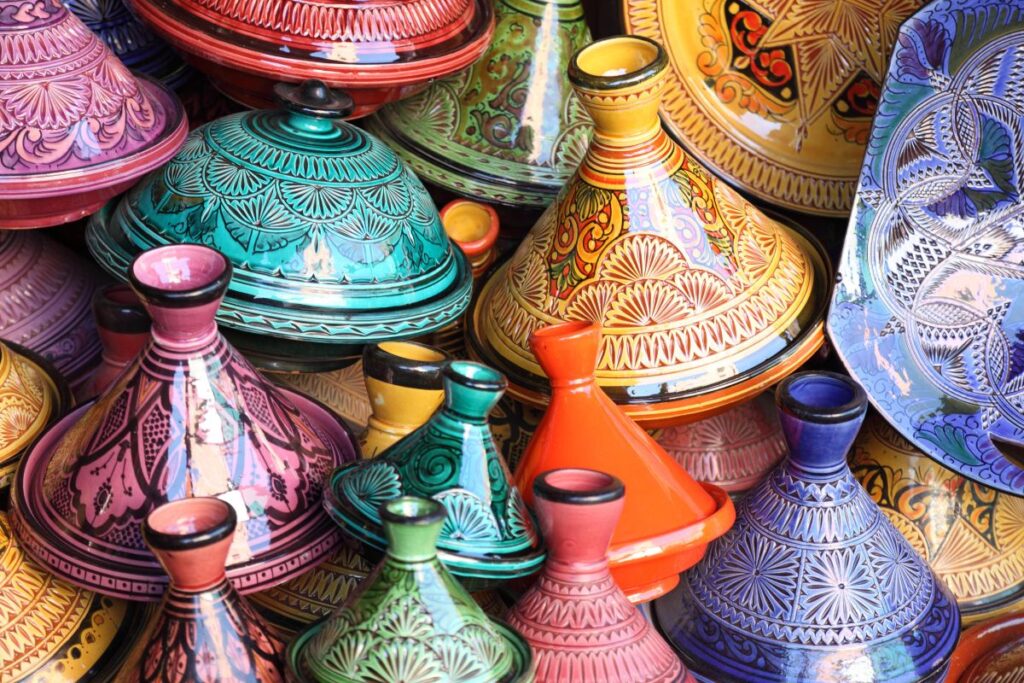
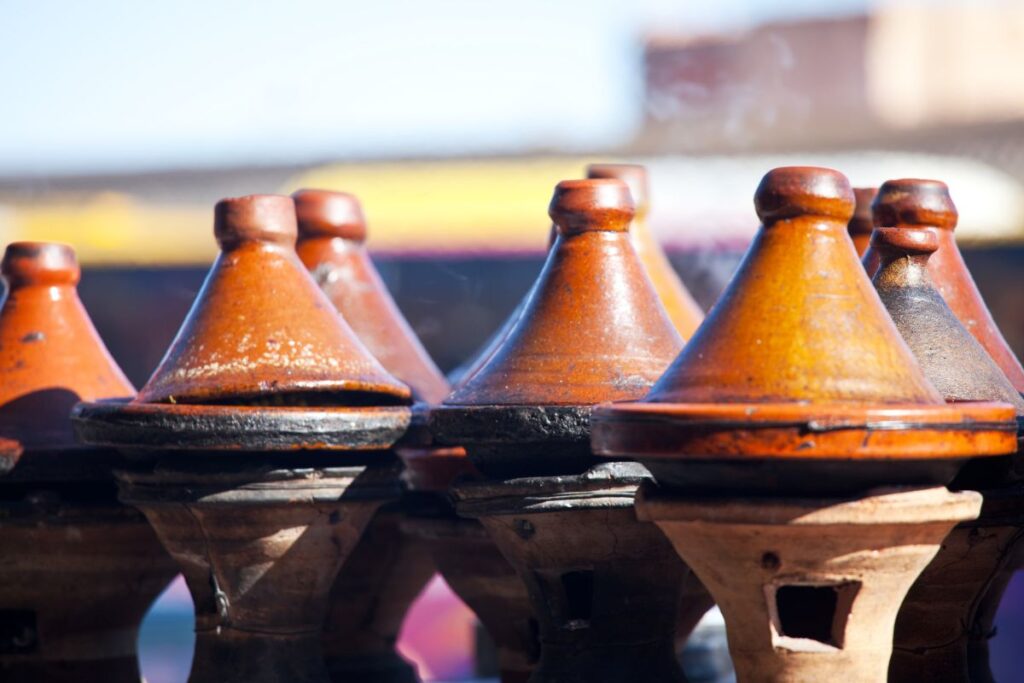
Safi: The Pottery Hub of Morocco
Safi, a coastal town in Morocco, is often dubbed the “Pottery Capital” of the country. It is home to numerous workshops and studios where artisans create and display their pottery. Visitors to Safi can witness the entire pottery-making process, from shaping the clay to hand-painting the intricate designs.
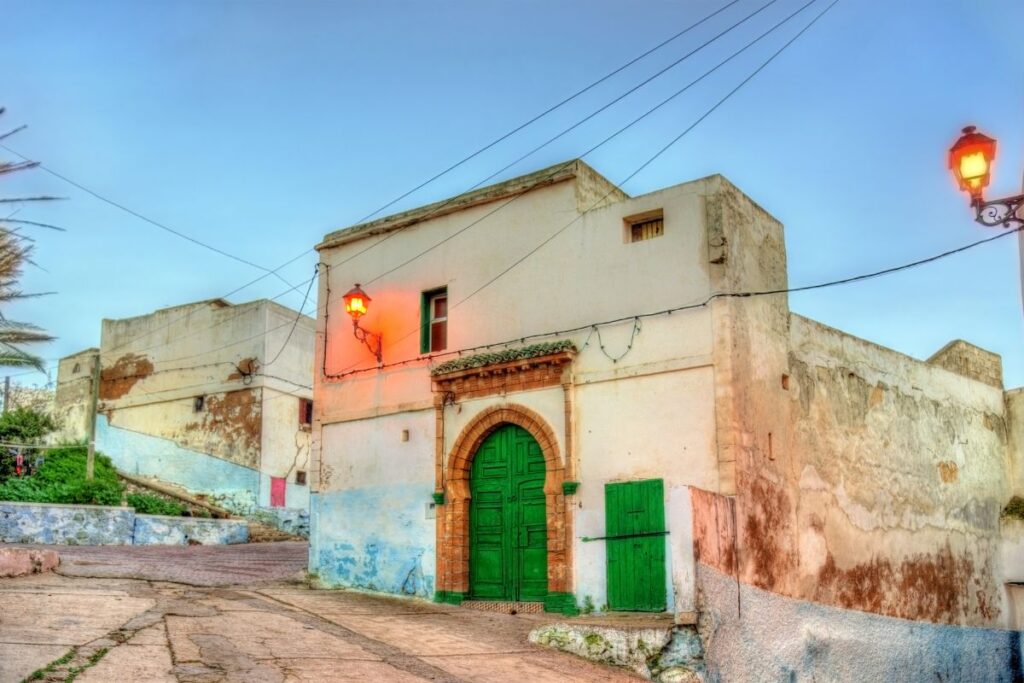
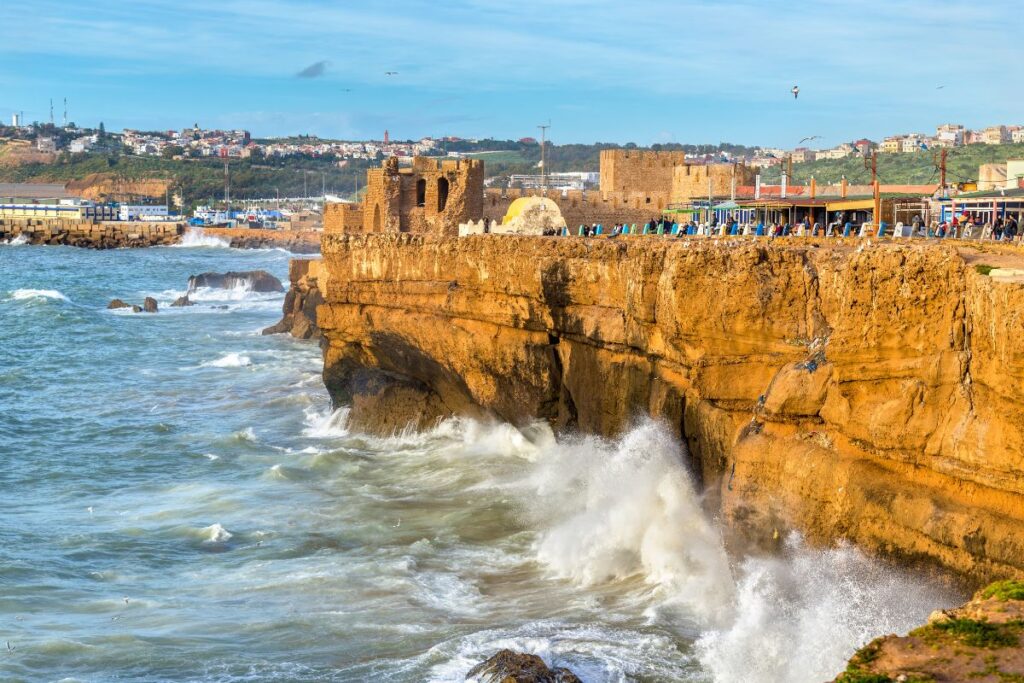
Moroccan Pottery in Daily Life
Moroccan pottery is not just for display; it plays a vital role in daily life. Traditional Moroccan households often use ceramics for cooking and serving food, and they even use ceramics as decorative items. Tea sets, platters, and decorative tiles are among the many pottery items found in Moroccan homes.
The Pottery Souks: A Shopper’s Paradise
No visit to Morocco is complete without exploring the vibrant souks (markets) that showcase a dazzling array of pottery. The markets of Marrakech, Fes, and Safi offer a sensory overload of colors and designs. Visitors can haggle for unique pottery pieces to take home as souvenirs or gifts.
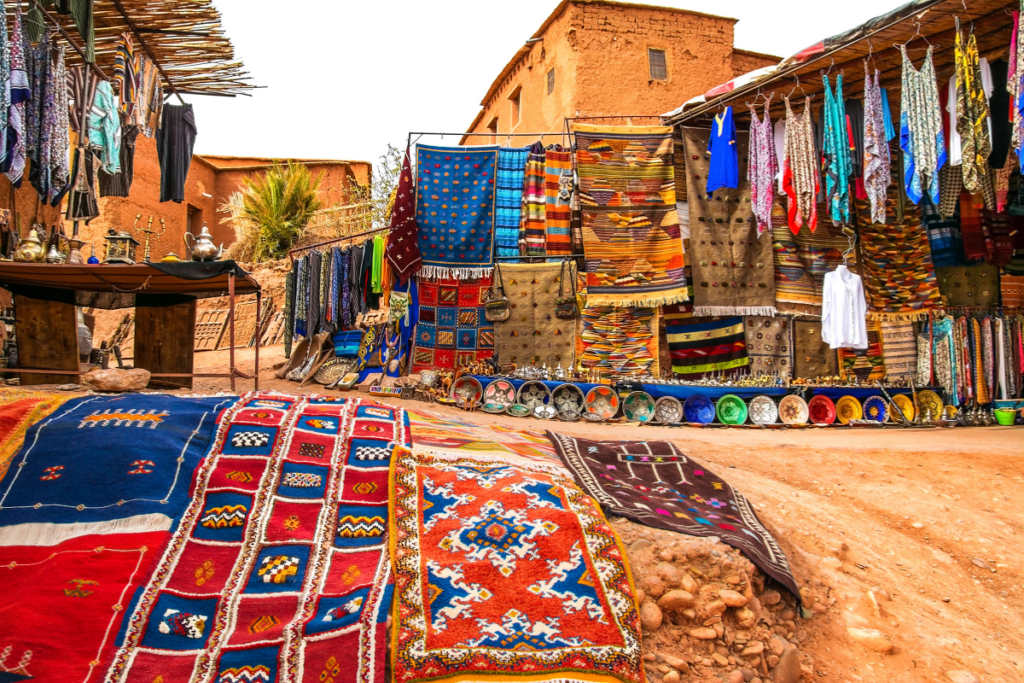
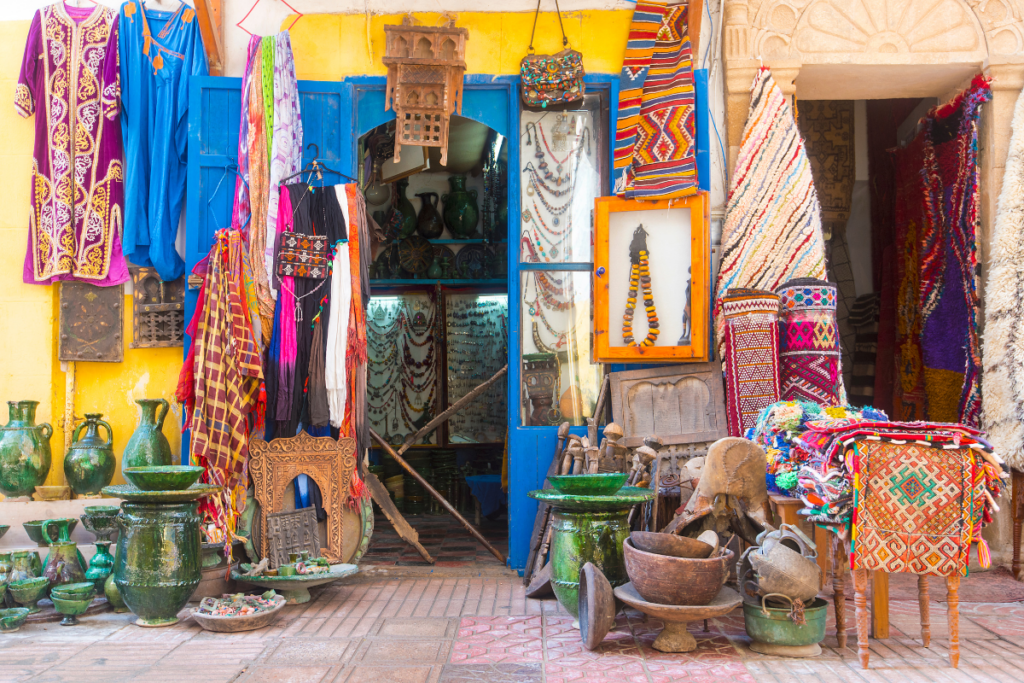
Preserving Moroccan Pottery Traditions
Efforts are underway to preserve and promote Moroccan pottery traditions. Artisan cooperatives, supported by government initiatives and NGOs, aim to empower local craftsmen and women. These initiatives help sustain traditional techniques while providing a source of income for the communities.
The Global Appreciation of Moroccan Pottery
Moroccan pottery has transcended borders and gained international recognition. Moroccan ceramics from Europe to North America are celebrated for their craftsmanship and artistry. Interior designers often incorporate Moroccan pottery into their projects, adding an exotic touch to homes worldwide.
Moroccan pottery is not merely a craft; it’s a testament to the country’s rich heritage and artistic prowess. From its humble beginnings in the clay-rich regions to its global recognition today, Moroccan pottery continues to captivate the world with its beauty and cultural significance. Whether you’re sipping mint tea from a traditional tea set or adorning your home with intricately designed ceramics, Moroccan pottery brings a piece of this enchanting culture into your life.
